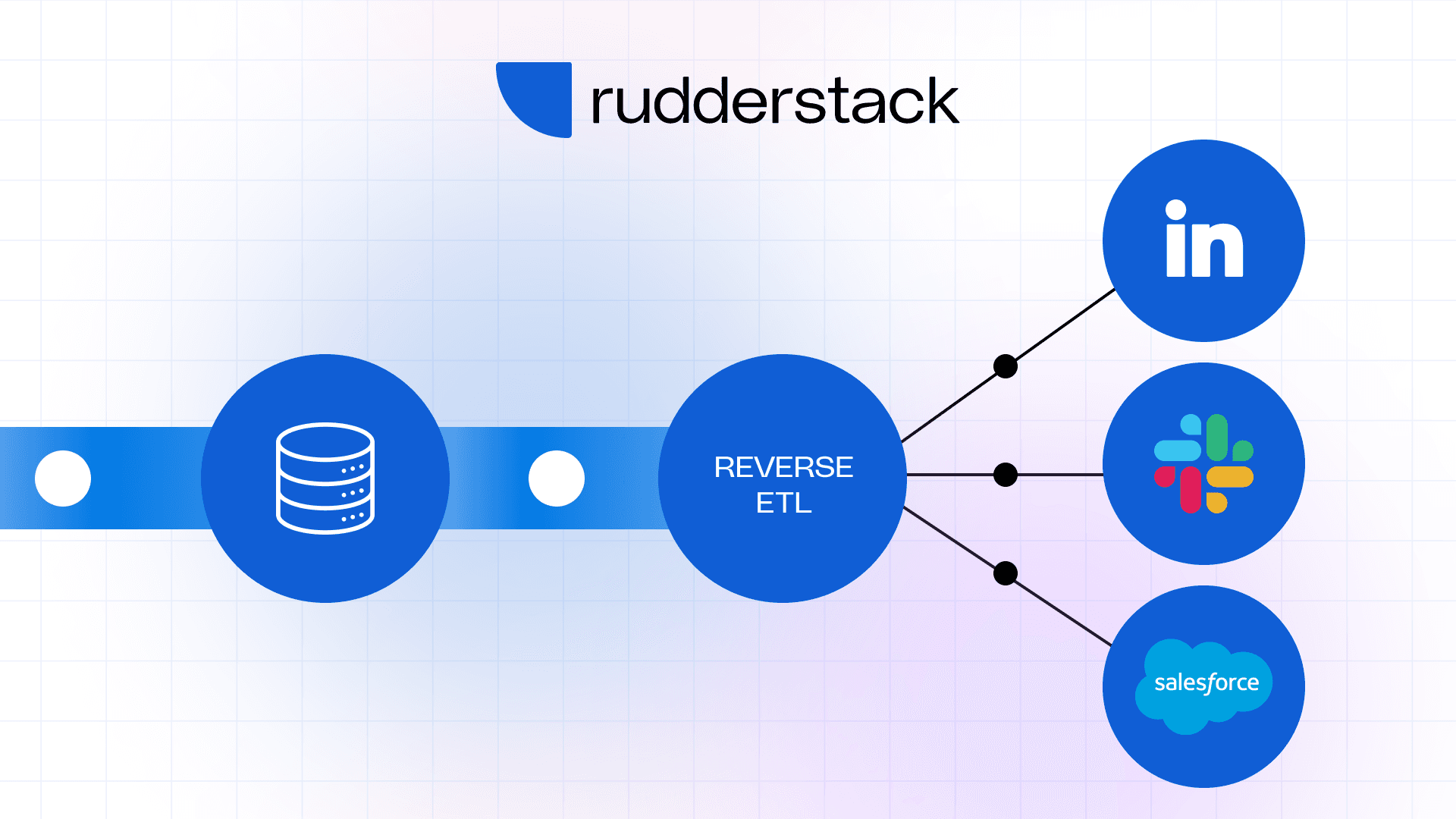What is reverse ETL? Improve your warehouse data activation with this ultimate guide from RudderStack

Published:
November 4, 2024

Data collection crossroads: When to use RudderStack or Google Tag Manager (or both)
In this post, we’ll review three options for how to implement RudderStack with Google Tag Manager, based on experience we’ve gathered across thousands of implementations.

Data integration framework: Components and best practices
A well-designed data integration framework can unify your data architecture, enabling automated pipelines, reducing inconsistencies, and providing a single source of truth for analytics and operations.

Webhook vs. API: What's the difference and when to use each?
Learn when to use APIs vs webhooks for customer data integrations. Compare pull vs push models, tradeoffs in latency, reliability, and control, and how combining both with RudderStack delivers real-time, flexible data flows.







